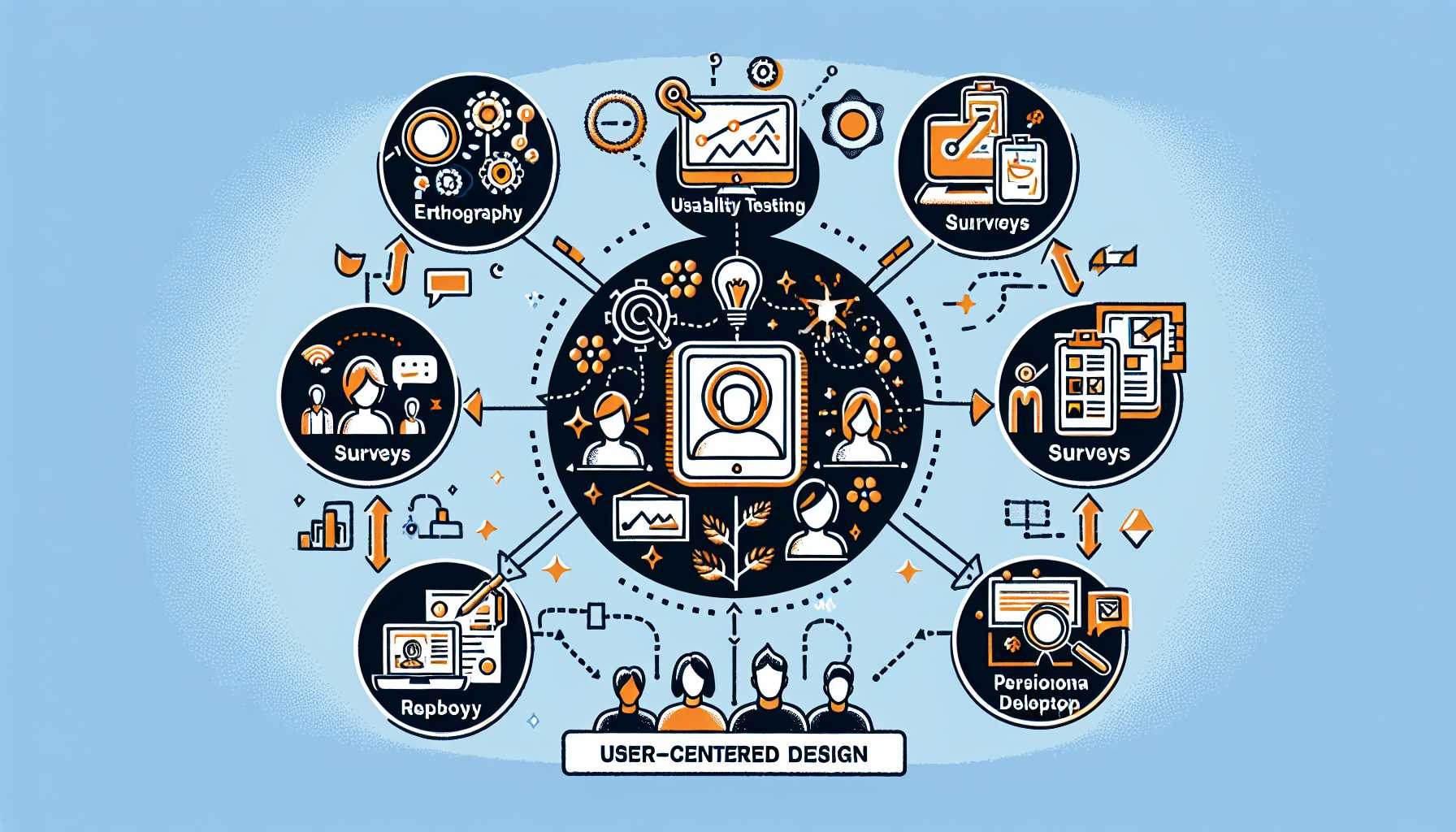Esteemed product leaders and avid learners, welcome back to our digital discussion table. Today, we’re peeling back the layers on a topic that’s as foundational as it is complex: user research for tech products. As someone who has spent years in the trenches of product development, I’ve seen the powerful impact of effective user research methods and learned some tough lessons along the way. Let’s dissect the most potent techniques our industry offers.
Introduction to User Research
At its core, user research is the backbone of product design and development. Without it, we are merely assuming the desires and needs of our users. Decisions become guesswork, and our products risk becoming solutions looking for problems instead of the other way around.
Method 1: Ethnographic Field Studies
First on our list is ethnographic field studies. There’s no substitute for observing and interacting with users in their natural environment. I remember one project where we spent weeks immersively studying how medical staff interacted with a piece of diagnostic software. The insights gained led to a complete overhaul of the UI, resulting in a 30% reduction in operation time.
Strategy: Immersive Observation
The strategy here is deep, immersive observation. Spend time where your users work and live. It’s not about quick interviews or surveys; it’s about becoming a temporary member of their community to truly understand the pain points and pleasures they experience.
Method 2: Usability Testing
Usability testing is a non-negotiable staple. In a project aimed at revamping an e-commerce platform, we deployed multiple rounds of usability testing with A/B variations. These sessions not only highlighted navigational challenges but also revealed unexpected user behavior that shaped our recommendation algorithms.
Strategy: Iterative Testing
Iterative testing with real users allows us to refine our products progressively. Even when we feel confident about our design choices, usability testing keeps us grounded in user reality.
Method 3: Surveys and Questionnaires
Surveys and questionnaires, when strategically crafted, can be highly revealing. On one occasion, we collected over 10,000 survey responses that completely debunked our assumptions about feature importance. This led to a pivot that played a crucial role in increasing user adoption rates by 40%.
Strategy: Strategic Question Design
The key to surveys is in the question design. They must be crisp, unbiased, and structured to uncover not just what users say they want, but hint at the underlying motivations and behaviors.
Method 4: Persona Development
The creation of data-driven personas has been a game-changer in multiple product cycles I’ve been part of. Through rigorous data analysis and user interviews, we created relatable personas that became the North Star for design decisions throughout the product lifecycle.
Strategy: Data-Driven Synthesis
Personas need to be built on a foundation of real user data and stories. They should reflect the diversity of your user base and help dissolve internal biases that might skew product development.
Method 5: A/B Testing
A/B testing is the litmus test of user preference. I recall introducing a new feature where A/B testing revealed that what we thought would be a “minor” change actually caused significant user disruption. We were able to course-correct before full deployment, saving us from a costly mistake.
Strategy: Controlled Experiments
Approach A/B testing as a series of scientific experiments. Control the variables carefully and monitor the results rigorously to make informed decisions based on user behavior.
Conclusion
These methods, when employed diligently and thoughtfully, can unveil the deepest insights into user behavior and preferences. Ethnographic studies, usability testing, surveys, persona development, and careful A/B testing are tools that must be wielded skillfully to truly make a difference in our tech products. They are the pathways to not just meeting, but exceeding user expectations.
As we navigate the intricate art of user research, let us remember our ultimate goal: to craft products that not only solve problems but also delight and empower our users. Share your stories, and let’s keep this conversation as dynamic as the products we aspire to create.

